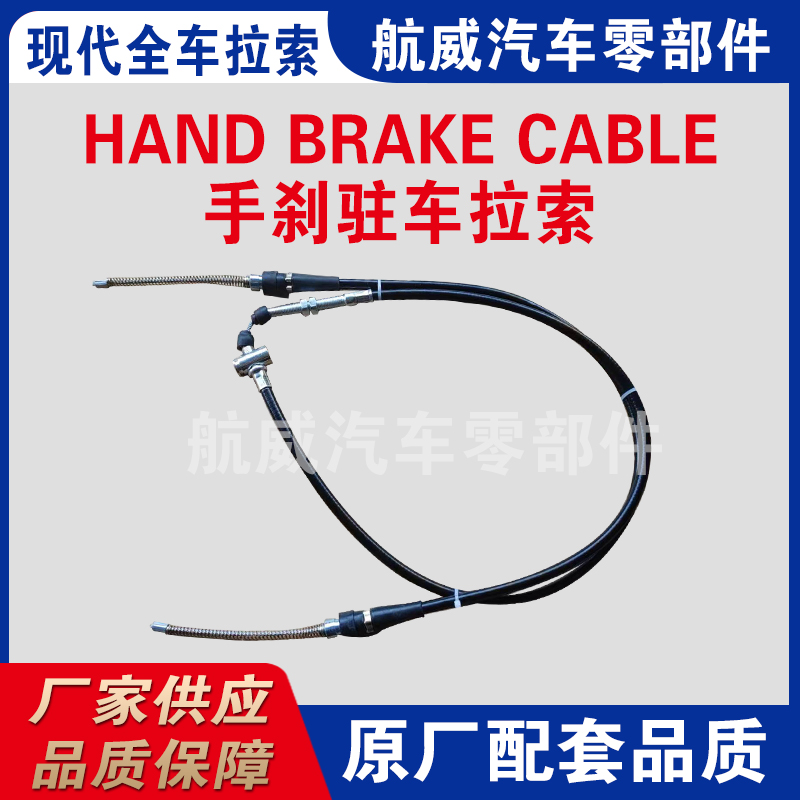Understanding and Adjusting the Electromechanical Throttle Cable for Optimal Performance
Understanding the Importance of the Throttle Cable in Electric Vehicles
As the automotive industry transitions from traditional gasoline engines to electric vehicles (EVs), the design and functionality of various components continue to evolve. One such component that remains crucial in both conventional and EVs is the throttle cable. Although the mechanism may differ in electric motors compared to internal combustion engines, the fundamental purpose of managing acceleration and vehicle speed still exists. In this article, we will explore the significance of the throttle cable in electric vehicles, particularly focusing on its functionality, implications for performance, and overall driving experience.
What is a Throttle Cable?
In traditional vehicles, the throttle cable is a physical link that connects the accelerator pedal to the engine's throttle body. When a driver presses the accelerator, the throttle cable pulls on the throttle plate, allowing air to enter the engine, which in turn increases power output and speed. This mechanical link translates the driver's intent into a tangible outcome, effectively controlling the vehicle's acceleration.
With the rise of electric vehicles, one might wonder whether the throttle cable is still relevant. EVs typically utilize electronic throttle control (ETC) systems. In these systems, instead of a physical cable, sensors detect the position of the accelerator pedal and send this information to the vehicle's electronic control unit (ECU). This unit then modulates the electric motor's power output. Although the throttle cable may not exist in the traditional sense for EVs, the principles of throttle control remain a foundational element in vehicle performance.
Importance of Throttle Control in Electric Vehicles
Throttle control in electric vehicles is critical for several reasons. First and foremost, it directly influences acceleration and driving dynamics. A well-calibrated throttle response allows for a seamless driving experience, giving drivers confidence that their vehicle will respond intuitively to their inputs. This is particularly important in electric vehicles, as instant torque delivery from the electric motor can lead to a more exhilarating and sometimes overwhelming driving experience.
Moreover, managing throttle control effectively can enhance energy efficiency. Electric vehicles operate differently than traditional vehicles; managing how power is distributed to the wheels is crucial for maximizing range. By optimizing throttle response—through algorithms being processed by the ECU—manufacturers can ensure that acceleration feels responsive without draining the battery unnecessarily.
lectron throttle cable

Technological Advancements in Throttle Control
The development of throttle control systems has seen significant advancements in technology. Modern electric vehicles employ sophisticated software that can adjust the throttle mapping in real-time based on various factors, including driving conditions, driver behavior, and even battery status. For instance, if a driver is navigating slippery terrain or steep inclines, the system can modulate throttle response to prevent wheel slip and maintain vehicle stability.
Furthermore, new driver-assistance technologies are incorporating throttle control to enhance safety. Features such as adaptive cruise control and automated parking rely on precise throttle control to navigate road conditions accurately. These systems work in conjunction with sensors and cameras, adjusting vehicle speed to optimize safety and efficiency.
Future of Throttle Control in Electric Vehicles
As battery technology and electric powertrains continue to evolve, the future of throttle control in electric vehicles is exciting. Innovations such as vehicle-to-everything (V2X) communication may allow vehicles to interact with surrounding infrastructure—such as traffic signals or other vehicles—thereby optimizing acceleration patterns for improved traffic flow and reduced energy consumption.
Additionally, as users become more accustomed to electric vehicles, preferences for throttle response may lead manufacturers to develop customizable settings. Drivers may want the option to select between a sportier, more responsive throttle map or a more conservative profile focused on comfort and efficiency.
Conclusion
In summary, while the traditional throttle cable may not play a direct role in electric vehicles, its essence remains as critical as ever. Throttle control in EVs is integral to providing drivers with an engaging and responsive driving experience while maximizing efficiency and safety. As technology progresses, so too will the sophistication of throttle systems, ensuring that as we accelerate into the future of electric mobility, the connection between driver intent and vehicle response becomes more seamless and intuitive. The throttle cable—whether physical or virtual—will continue to play a vital role in shaping the electric driving experience.
-
Workings of Clutch Pipe and Hose SystemsNewsJun.04,2025
-
The Inner Workings of Hand Brake Cable SystemsNewsJun.04,2025
-
The Secrets of Throttle and Accelerator CablesNewsJun.04,2025
-
The Hidden Lifeline of Your Transmission Gear Shift CablesNewsJun.04,2025
-
Demystifying Gear Cables and Shift LinkagesNewsJun.04,2025
-
Decoding Clutch Line Systems A Comprehensive GuideNewsJun.04,2025
